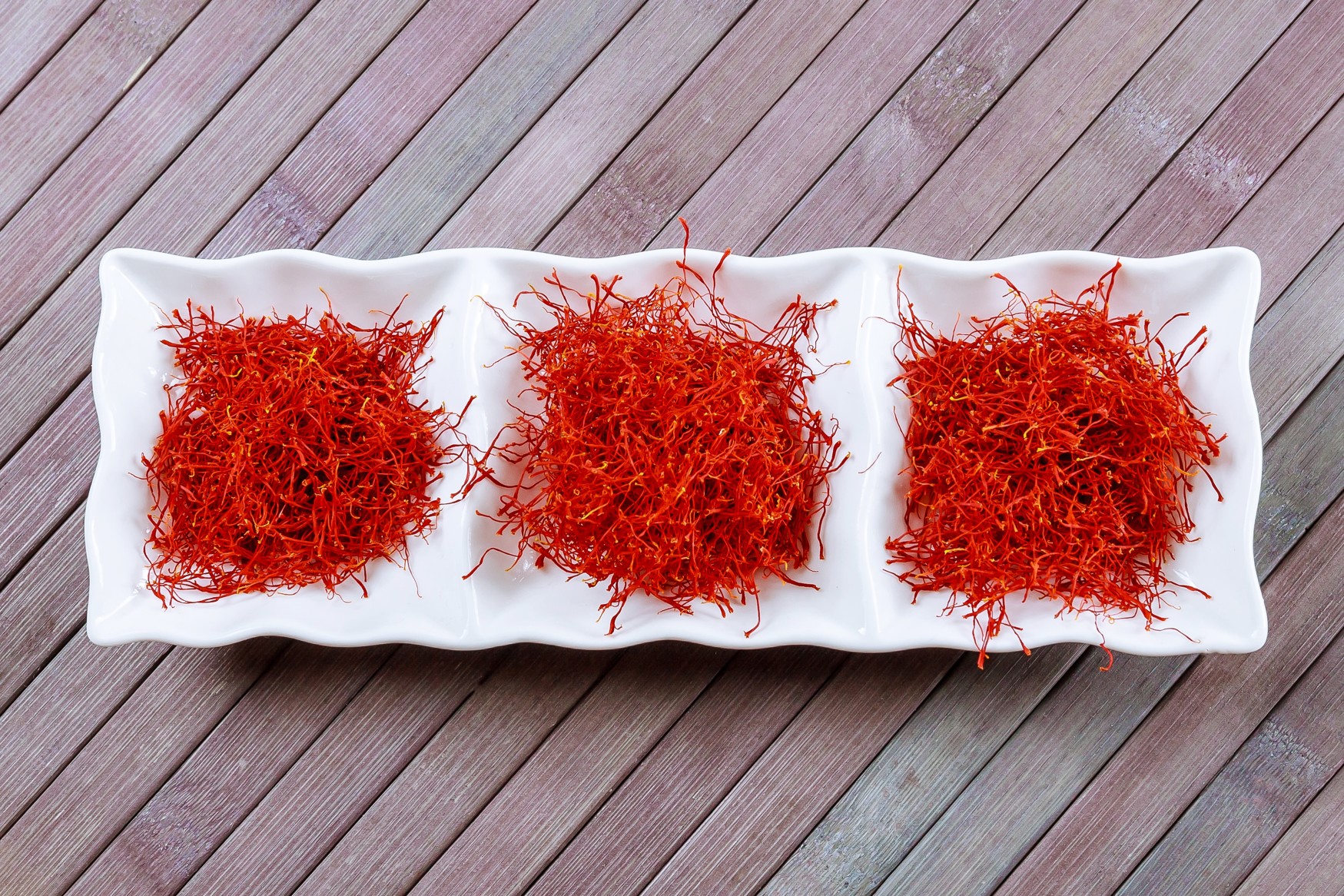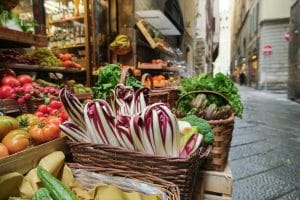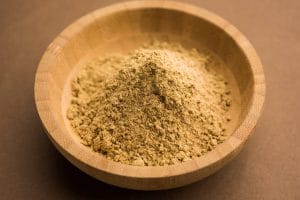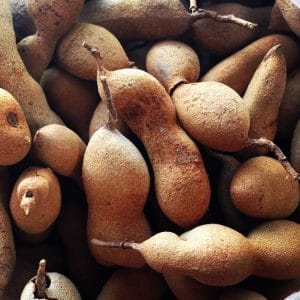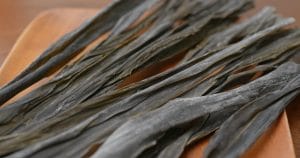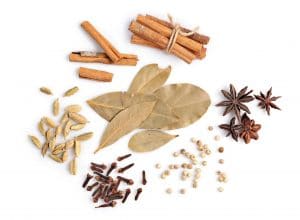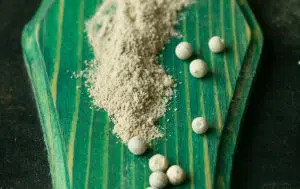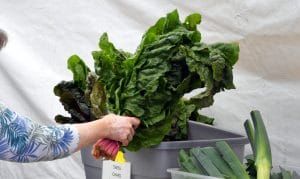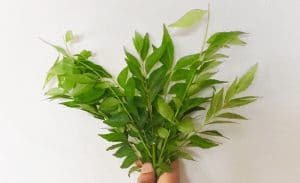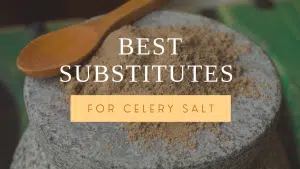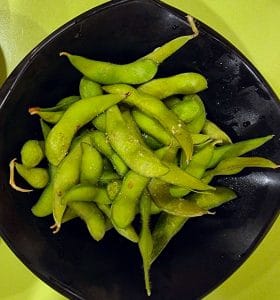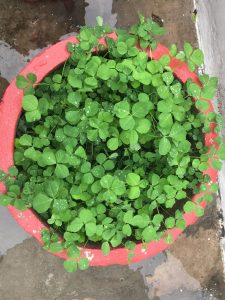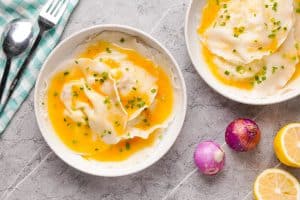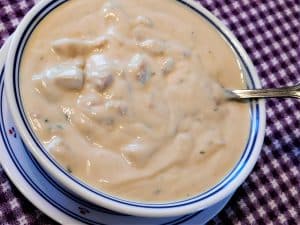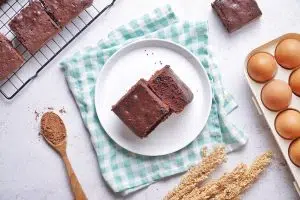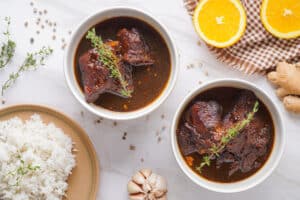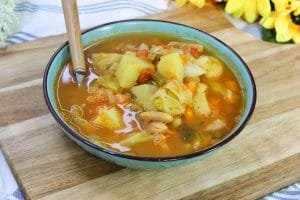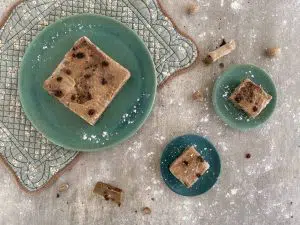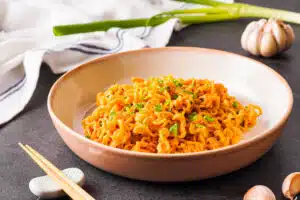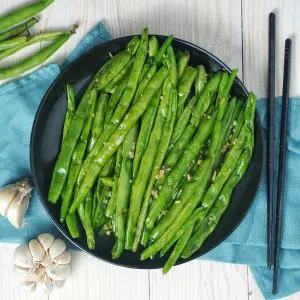Best Saffron Substitutes
Important Note: When you buy through our links, we may earn a commission. As an Amazon Associate we earn from qualifying purchases. Content, pricing, offers and availability are subject to change at any time - more info.
Saffron is one of the world’s most renowned spices. As such, it’s mighty expensive. Want to buy an ounce of saffron? Then you’d better break out the big bucks because it’s going to set you back over $100.
For your money, you get what many people claim is an essential ingredient to foods like risotto, paella, tagines, and bouillabaisse. Be that as it may, not everyone has that kind of money to throw around for a single ingredient.
What’s more, there are many chefs who freely admit to using other ingredients in saffron’s place. You certainly can’t blame them for doing so, especially at a time when everyone’s trying to make a dollar stretch.
That’s why we feel it’s more important now than ever before to share with you the best saffron substitutes. Enjoy our top picks, and be sure to hang around until the end to learn where you can find even more alternatives for your cooking needs.
Using the Right Substitute
It’s an easy occurrence to experience. You are baking a fine recipe when you realize that you don’t have quite as many eggs as you anticipated. What’s more, your milk is bad, and your brown sugar has become an unusable mess.
You don’t have time to make a store run, as you’re right in the middle of cooking everything else. The good news is that you can make some tested alternatives that are proven to save almost all baking projects.
The same is true for saffron — at least, we think it is. Admittedly, there are sure to be some esteemed chefs out there who balk at the thought of substituting saffron with anything but saffron. We politely beg to differ. When you’re in a pinch, there are always alternatives.
Granted, if you are using substitutes to replace ingredients in old favorite recipes, you may notice that there’s a big difference in texture and appearance. However, it’s likely that what you end up with will pass the taste test.
What Is Saffron?
This spice is derived from a flower called saffron. It is believed that saffron originated and was first grown in Greece.
But today, this spice is mainly grown in Morocco, Iran, India, and Greece. Although micro-production of saffron does exist in the United States, most of the saffron is imported.
Saffron is very delicate and fragrant. The slightly sweet, luxurious taste is completely a mystery. Indeed, it’s rather hard to describe, but it can be recognized at a glance in a dish. And one thing is certain: you’ll know that it’s saffron the moment you taste it.
It’s worth noting that each flower can only produce three strands of saffron (called stigmas). And on top of that, it blooms only one week per year! Furthermore, saffron must be picked by hand at about noontime.
Not only that but the flowers must still closed be closed when picked, as it is then that the delicate stigma inside is protected from accidental damage. Now, are you ready for the real shocker? You need approximately 1,000 flowers to get just a single ounce of saffron.
Now you can kind of see why saffron is sold for such astronomical prices. The best way to ensure that you’re picking quality saffron is to smell it. If you get an aroma that resembles sweet hay, you’re going well.
And finally, all of the stigmas should be red and never yellow. Now that you have a better understanding of saffron and how to harvest it let’s turn our attention to the best substitutes.
Turmeric
Part of the ginger family, turmeric is highly recommended among many in the culinary world as the most suitable alternative to saffron. In fact, so similar is turmeric that it’s been used to “water down” saffron to make it go further.
What’s more, turmeric injects a yellow color that’s very similar to when saffron it’s cooked. But even though its color might be the same, turmeric provides its own unique taste. When compared with turmeric, saffron possesses a very different taste and is earthier.
Therefore, the taste of turmeric might not work as well as saffron in certain dishes that require the pricey ingredient.
It’s important to note that safflower is sometimes referred to as Mexican saffron (azafran). Not only does safflower come from a different plant altogether, but there’s also the difference in its petals. Unlike saffron, stigmas aren’t harvested from safflower’s petals, and it’s the petals of safflower that are used in cooking.
But there’s no denying the similarities between the two. In fact, safflower is often called saffron because of its similar coloring effect in food and its unique and pleasant flavor. If you have a recipe that requires saffron, you could use equal parts safflower instead.
Cardamom
Cardamom has a couple of different varieties, including green and black. A bleached version of green cardamom exists, known as white cardamom.
But it’s the green cardamom that is regarded as the true cardamom plant. As such, it’s the type you most often find in stores. It boasts a minty, lemon-like flavor and is quite powerful. But its sweetness is what makes it a viable saffron substitute.
Black cardamom’s flavor is more on the smoky side, but it does produce a cool, menthol-like effect in food. To ensure that your recipe tastes closer to what’s intended, we recommend using green cardamom when you need a good alternative to saffron.
Find More Food Substitutes at Cook Gem
While it’s true that nothing beats the real thing, we understand that saffron is too rich for many peoples’ blood. The good news is that you can save a substantial sum of money by opting for turmeric or cardamom, or even safflower.
To learn about other excellent alternatives, we encourage you to explore the rest of our food substitutes page.
If you’re looking for some healthy recipes to try, check out our vegan recipes or global recipes sections. You will find plenty of new ideas to ensure that your meals never get boring.
